
Arctic Explorer Challenge
November 25, 2023
Can You Spot the 8 Polar Animals Hiding in The Tech Interactive?

- Related Topics:
- Special Events,
- Education,
- What's New at The Tech Interactive
Embark on an exciting Arctic adventure during Polar Play Days at The Tech Interactive! While you are crafting flying contraptions and manipulating DNA to produce glowing bacteria, be on the lookout for our elusive North and South pole visitors hiding throughout the building. For a deeper dive into the wonders of the Arctic, catch a screening of "Antarctica" in the IMAX® Dome Theater!
North Pole Animals
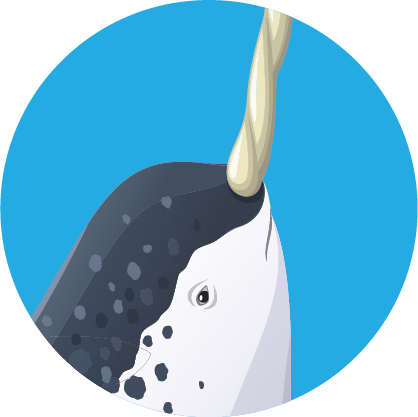
Narwhal

Polar Bear
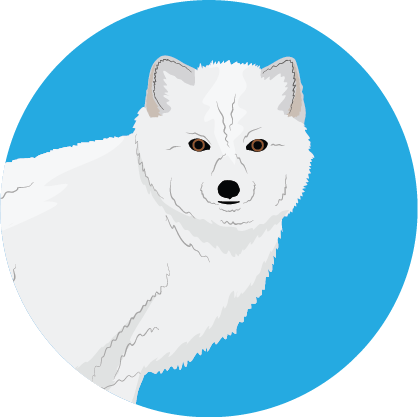
Arctic Fox
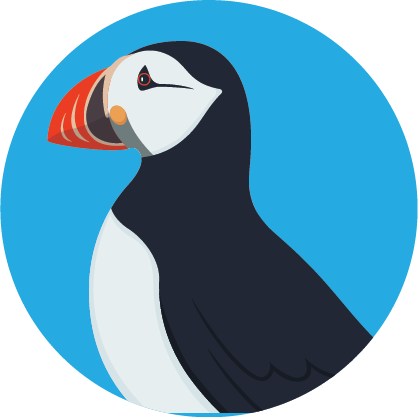
Atlantic Puffin
South Pole Animals

Emperor Penguin
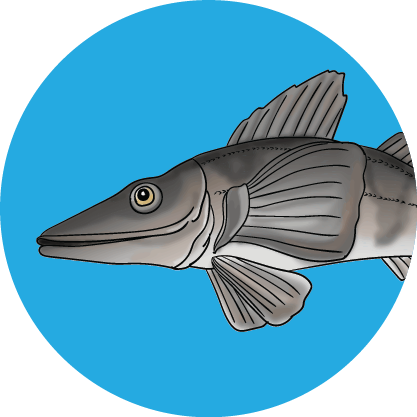
Crocodile Icefish
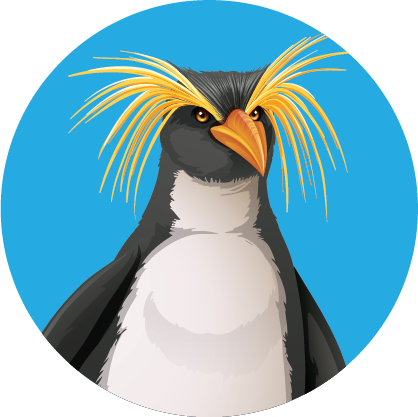
Macaroni Penguin

Leopard Seal
Narwhal
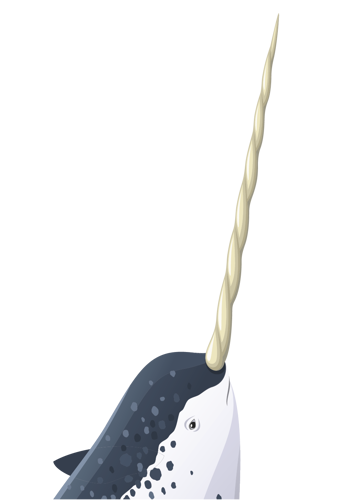
Conservation status: Least concern. This means there is an abundance of this animal in the wild with little to no current risk of extinction.
Habitat: Arctic waters of Canada, Greenland, and Russia
Food: Fish (cod and halibut), shrimp, and squid
Fun Fact: The Narwhal’s large protruding tusk from the front of their heads earned them the nickname “Unicorn of the Sea.” This spiral “tusk” is actually a large tooth, which can grow as long as 10 feet!
Polar Bear
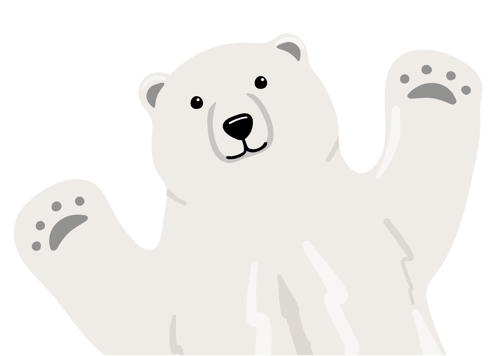
Conservation Status: Vulnerable. This means there is a high chance of extinction in the wild.
Habitat: Arctic regions of Canada, Alaska, Greenland, Russia, and Norway. Primarily found on sea ice.
Food: Seals, walruses, and beluga whales
Fun Fact: The polar bear’s skin is actually black! Its fur is translucent and appears white because it reflects visible light.
Arctic Fox
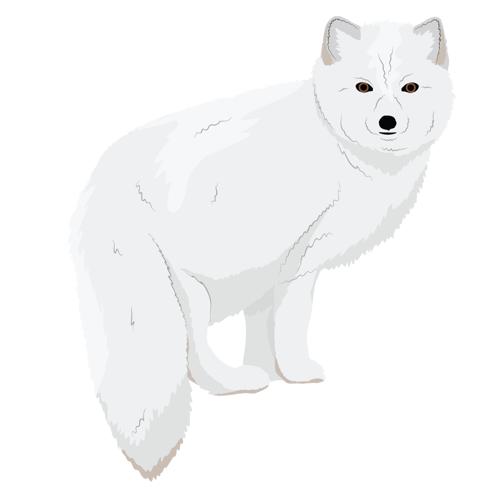
Conservation status: Least concern. This means there is an abundance of this animal in the wild with little to no current risk of extinction.
Habitat: Arctic and alpine tundra near rocky shores of Alaska and Canada
Food: Small rodents, hares, birds, and carrion
Fun Fact: The Arctic Fox is a seasonal chameleon! During the winter, its fur becomes snowy white — an adaptation that allows them to blend in with the snow and ice of the Arctic. In summer, its white coat sheds leaving a shorter and thinner fur that is shades of gray, brown, and blue-ish brown.
Atlantic Puffin
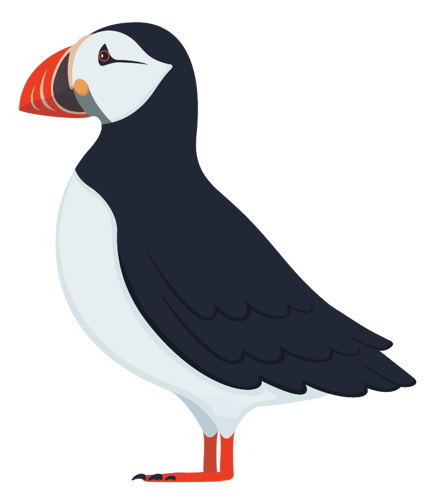
Conservation status: Vulnerable. This means there is a high chance of extinction in the wild.
Habitat: North Atlantic waters and coastal regions
Food: Fish, shrimp, crustaceans, and mollusks
Fun Fact: Puffins dive into the ocean to grab their meals of fish and other sea creatures. They can dive up to 200 feet deep, which is the length of 6 full-size school buses!
Emperor Penguin

Conservation status: Near threatened. This means that the animal may be vulnerable to extinction in the near future.
Habitat: Antarctic ice and waters
Food: Fish, crustaceans, and squid
Fun Fact: Emperor penguin colonies can be seen from space — and not because of their size, but because of their poop! Previously unknown colonies of Emperor penguins have been found by searching for their guano (bird poop) stains using satellite imagery.
Crocodile Icefish
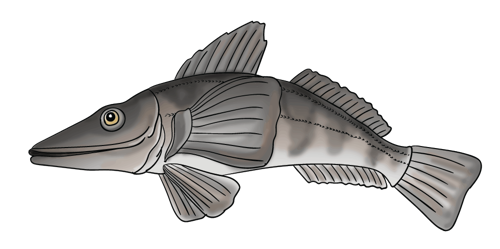
Conservation status: Vulnerable. This means there is a high chance of extinction in the wild.
Habitat: Southern ocean around Antarctica
Food: Krill and other small fish
Fun Fact: Crocodile icefish are the only known vertebrates to not have hemoglobin in their blood as adults. This means their blood is completely colorless.
Macaroni Penguin
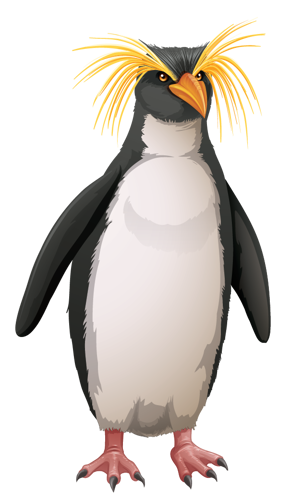
Conservation status: Vulnerable. This means there is a high chance of extinction in the wild.
Habitat: Rocky, water-bound areas of Antarctica
Food: Crustaceans, small fish, squid
Fun Fact: Macaroni penguins aren’t named for their mac and cheese colored head feathers. Instead, they’ve been given an old English nickname for a fancy gentleman who wore flashy feathers in his hat!
Leopard Seal
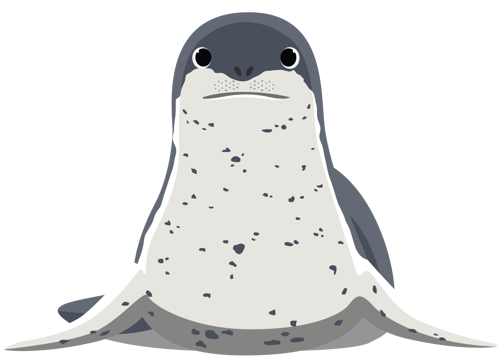
Conservation status: Least concern. This means there is an abundance of this animal in the wild with little to no current risk of extinction.
Habitat: Antarctic pack ice
Food: Krill, squid, fish, penguins
Fun Fact: Male leopard seals are great singers! Each male has a distinct "song" it uses to guard its territory or attract a mate during mating season.
 Skip Navigation
Skip Navigation
